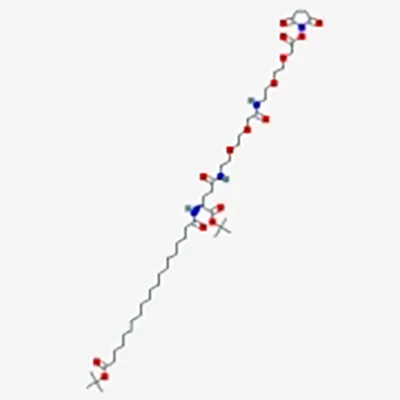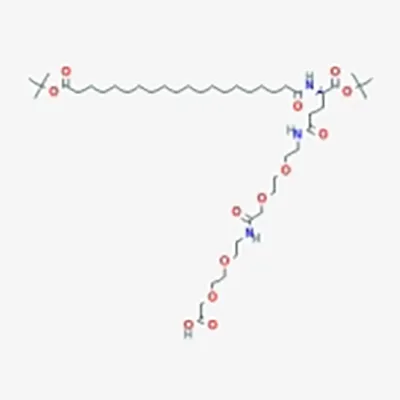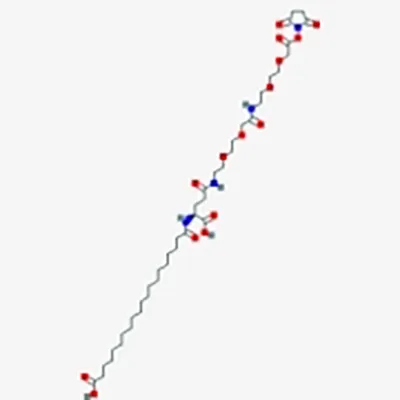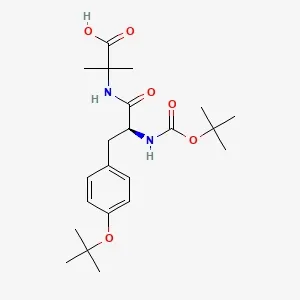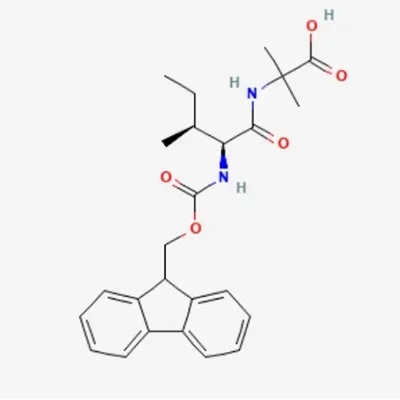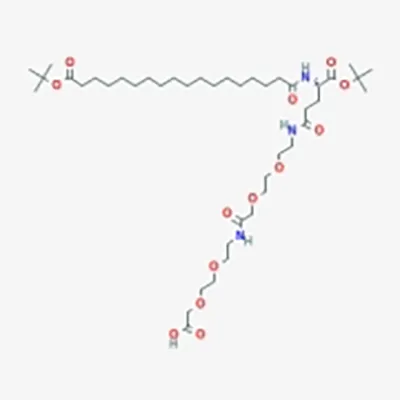
Amino Acids & Derivatives for Peptide Synthesis
tBuO-Ste-γ-Glu(AEEA-AEEA-OH)-OtBu
Used in the synthesis of Semaglutide, tBuO-Ste-γ-Glu(AEEA-AEEA-OH)-OtBu (CAS No. 1118767-16-0, molecular formula C₄₃H₇₉N₃O₁₃) is a white powder with a molecular weight of 846.1 g/mol and purity of 99% min. Its structure includes a stearoyl chain, γ-glutamic acid, dual AEEA linkers, and terminal tert-butyl groups, features that enhance compatibility with long-chain peptide systems. The product is available in custom-made packaging and should be stored at –20 °C, in a dry, dark place, sealed under freezer conditions to maintain reactivity and stability.
- CAS No.: 1118767-16-0
- Molecular Formula: C₄₃H₇₉N₃O₁₃
- Purity: 99% min

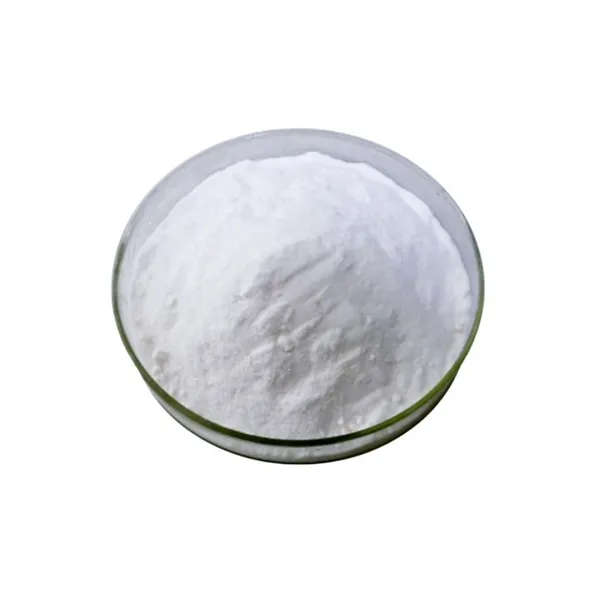
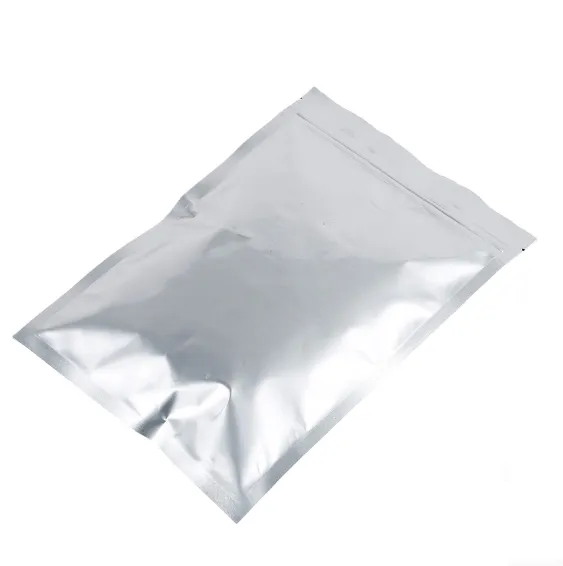

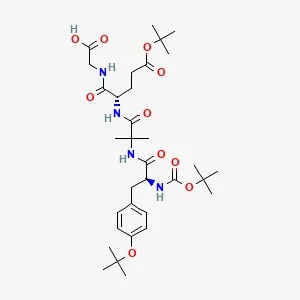
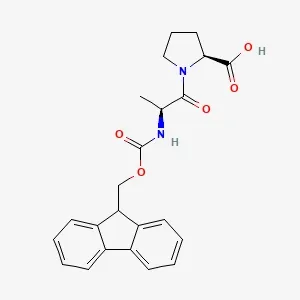
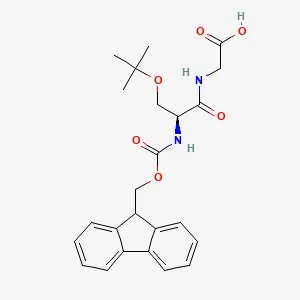
![Fmoc-L-Lys[C₂₀-OtBu-γ-Glu(OtBu)-AEEA-AEEA]-OH](products/2-3-1-fmoc-l-lys-C20-otbu-glu-otbu-aeea-aeea-oh_01.webp)
